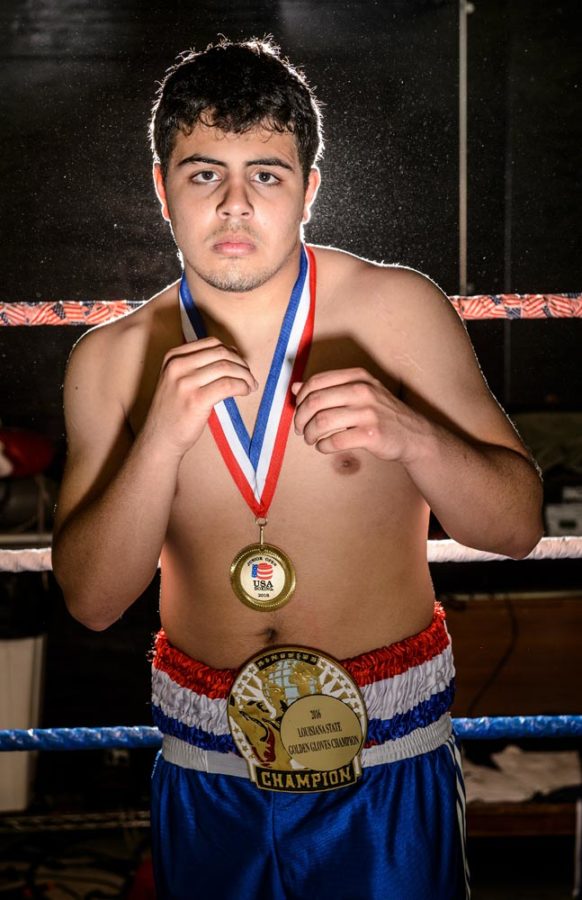
How Do You Become A Sports Photographer?
First, thank you to Scott and Brad for this opportunity to share a bit of my journey as a photographer. It’s my honor to be a guest on here!
As a photographer in the NFL, the title of this post is by far the most common question I receive about my job. While it is the most common, it also happens to be the most complex question to try and answer. Unlike other professions, there’s no clear-cut formula to reach any specific level of professional sports.
To be fair, it’s not a “dumb question.” Photography is a strange profession at times, and wondering how someone got where they are is perfectly normal. Often times when I meet a new shooter, I ask how they got their start or what lead them to where they are, because hearing others’ journeys is truly fascinating.
While there are no specific steps to becoming a professional sports photographer, I can offer some stories from my short career that may help when navigating this crazy business as an up and coming photographer hoping to break into the industry.

1. Just Keep Shooting (With Intent)
Original, right? Never heard that one before? I thought not.
This is my number one answer to the question, “How do you become a sports photographer?” Not only is it because that question is way too complex to answer via Instagram DM, but it is also sneakily the most obvious answer.
Repetitions and muscle memory are two small keys to succeeding in sports photography, and they are things that just happen over time. So, if you just keep shooting with intent, you’ll end up just fine. Shooting with intent varies from “just shooting,” because shooting with intent shows that you have a direction you are traveling or something you’re trying to achieve.
Every shoot I go on, I try to achieve at least one goal. That way I am learning and growing every time I shoot. It is good to set an overarching goal such as, “become a professional sports photographer,” and then set goals along the way that will help you achieve that initial goal. Whether it is, “become skilled in the studio,” or, “track game action better,” there are always goals to be achieved along the way.
Feel free to fact check me here, but I believe there are zero cases of a successful career that started out shooting a Super Bowl. Baby steps are real, and it takes actual time to develop skills and be presented with opportunities. I believe “pay your dues” is the expression. That is why early on I always advise to just shoot sports. Any sports you can find. Rod Mar, a photographer for the Seattle Seahawks, once said, “Make any time the big time,” at a workshop I attended. A good photograph is a good photograph, from youth football to the Super Bowl.
If you build your foundation solid enough as a photographer, there won’t be a sport you can’t shoot, because you’ll have the knowledge to know what to do in adverse scenarios. At times, the event/game/sport you’re shooting matters much less than the images you create with your access. Using the Super Bowl as an example again, there are tons of photographers at a game of that magnitude. Simply being there shouldn’t be enough. Capitalizing on an opportunity like that and making great pictures is what the goal should be.

2. Find Your Challenge (Then Accept It)
I’d say I have a pretty common story of how I ended up photographing sports, of all things. I grew up as an athlete and a sports fan. Once I realized that 5’7, 130 lb. me wasn’t going pro in any sport, I began to look for ways to stay involved in sports.
Fast forward to freshman year of college, and you’ll find me applying for a student photographer job with the LSU school newspaper, The Daily Reveille. Sadly, I did not bring a car to school from Denver freshman year, and my lack of transportation disqualified me from the newspaper position. So, here I am, a journalism major because I wanted to be a photojournalist, yet I just got rejected at the paper.
Luckily, I was referred to the LSU Athletic Department regarding a student photographer position. This was more my style, as a die-hard sports fan, and it was all on-campus so a car wasn’t a requirement. I changed my major the next week to Fine Art with a concentration in Photography, and was on my way in the sports photo world (or so I thought), thanks to Steve Franz and Chris Parent.
Changing my major and getting rejected from that job at the paper was the most important part of the whole thing. Early on in my studies, a professor told me they believed that, “sports photography isn’t photography,” after I had explained I was excited to be starting a new job. This was the time where I met my challenge.
I heard what this professor told me, so from that point on, it was my mission to prove this professor wrong and change their mind by the time I graduated. All of my projects became centered around mixing sport and photography. By the time my senior thesis series on a local boxing gym was installed in the gallery before graduation, I’d learned that I had indeed proven them wrong. The moral of my story here is to never let someone else define what you are able to do.





3. Actively Seek Feedback (From The Right People)
As photographers, we are going to receive feedback on our work no matter what, especially in the social media age that we live in. Both positive and negative, that’s something that is out of our control. But what feedback should we actually listen to? That’s something we’ve got complete control over. Feedback can be incredibly beneficial, when it comes from the right source.
During my first season shooting for LSU, I met a photographer by the name of Stacy Revere, a then New Orleans based shooter for Getty. Stacy is a very blunt, direct guy, but he’s also one of the most genuinely helpful people I’ve met. He says what you need to hear, even if it’s not always what you want to hear.

At the time, it may have been my second or even first game shooting on the sidelines, and a touchdown came right down the barrel of my lens. Not being used to tracking game action yet, I pulled my eye from the viewfinder only to hear the shutters of photographer’s cameras around me click as the ball was caught.
Unknown to me at the time, Stacy was shooting right next to me. As blunt as ever, he asked me, “How’d you figure out how to make pictures without looking through the camera?” I smiled, laughed, and introduced myself, explaining that I was the new kid and any tips he had were welcome. From then on until I graduated in 2016, I would ask Stacy questions every chance I could because he was brutally honest about photography and how to conduct yourself on the sidelines. If I overlooked a silly mistake in an edit, he’d make sure I was aware of the mistake, and then make sure I was aware how silly it was that I overlooked it. Sorry to paint you as a grumpy old man, Stacy (I promise, he’s not).
That type of brutally honest feedback made me hold my own work to a higher standard, which pushed me out of my comfort zone and made me a better photographer. Seven years after that missed touchdown, I am still asking Stacy for advice on how I can improve my photos.

If, “How’d you get there?” is the most common question I get, the second most common is, “What’s the best part of your job?” The best part is the people you meet along the way. I’ve learned that this business requires relationships to be successful. I wouldn’t be where I am without the people I’ve met at each stop of my career thus far.
2020 will be Kyle’s 3rd season as the lead Team Photographer for the Buccaneers. For more Buccaneers work, visit Buccaneers.com or follow along @buccaneers on Instagram and Twitter. You can also follow Kyle’s Instagram @ZedakerKyle.




